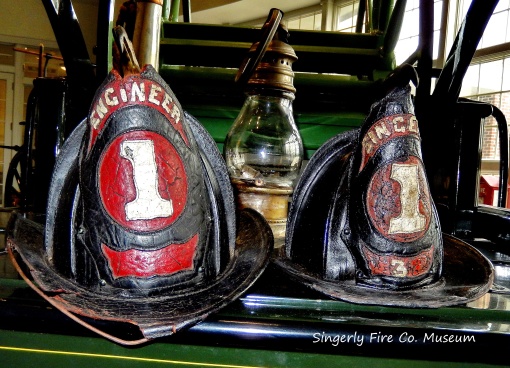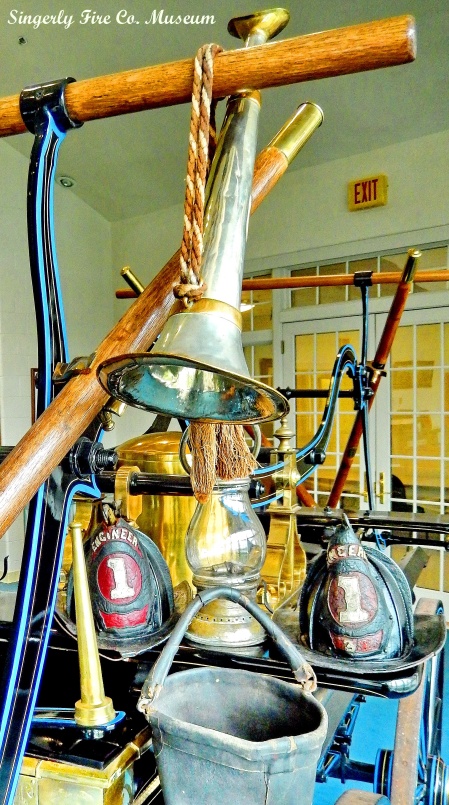 Since its founding as Maryland’s tenth county in 1674, many men have served as the jurisdiction’s chief law enforcement officer. Robert M. Walmsley, one of those public servants, was elected to a two year term as sheriff in 1853. At that time the officer could serve only one term, according to state law. He was born in Sassafras Neck in 1804 and at the time of his death in 1879 was in the 75th year of his life. Early in his life he moved to Bell Hill, just outside Elkton, where he took up the milling trade.
Since its founding as Maryland’s tenth county in 1674, many men have served as the jurisdiction’s chief law enforcement officer. Robert M. Walmsley, one of those public servants, was elected to a two year term as sheriff in 1853. At that time the officer could serve only one term, according to state law. He was born in Sassafras Neck in 1804 and at the time of his death in 1879 was in the 75th year of his life. Early in his life he moved to Bell Hill, just outside Elkton, where he took up the milling trade.
Robert was the Democratic sheriff in 1853, in opposition to Jacob Hyland. During his term of office it fell to his lot to perform a very unpleasant duty, an execution. Robert Swift was convicted of murder in 1855, in a case that had been moved here from Harford County. When the day for the hanging came, Elkton was astir at an early hour as Sheriff Walmsley and Deputy Janney took the prisoner out to Red Hill. At the appointed time the two lawmen accompanied the prisoner to the top of the platform on the gallows. There the sheriff placed the noose around the doomed man’s neck and the trap door fell open.
The sheriff always obeyed the stern behest of the law and hesitated not to perform his duties, even it when it was a disagreeable task, the newspapers reported. He was a powerful man and few men ever exceeded him in cool, courage determination, the Cecil Democrat added. That trait of coolness under fire, one that served the sheriff well, occurred a few years earlier when he aided Sheriff Daniel McCauley. Accompanied by the Elkton Guards, a military company, they went to Charlestown to execute an indictment. When an entrance into the home was made, Robert found one man standing at the head of the stairs with a loaded gun, threatening to shoot the first peson that attempted to ascend. Not daunted by the bluster or the bravado, Robert quietly walked up the stairs and catching the gun near the muzzle and wrenching it from his hand.
He died at his home in Elkton on July 22, 1879 and was buried in Elkton Cemetery.
Like this:
Like Loading...



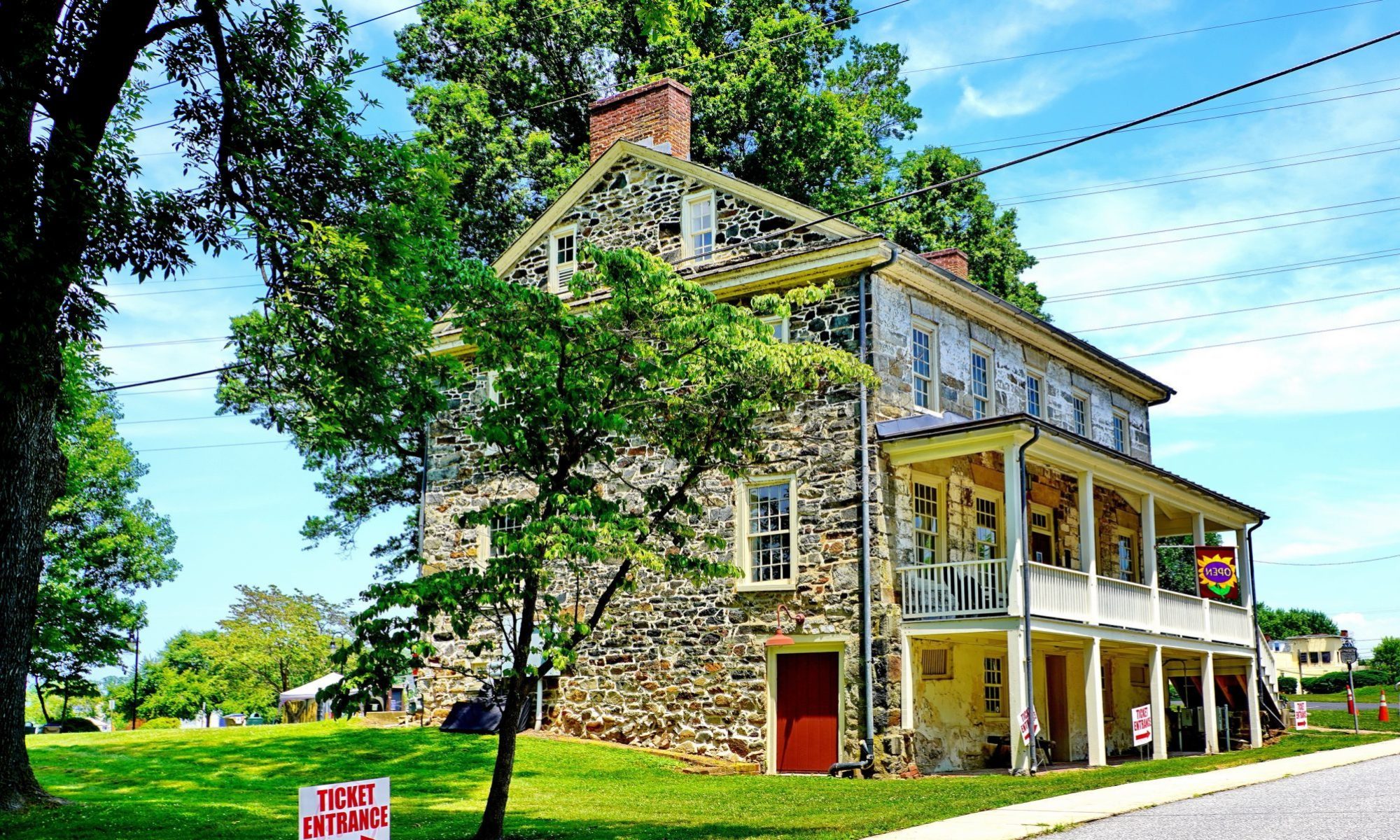





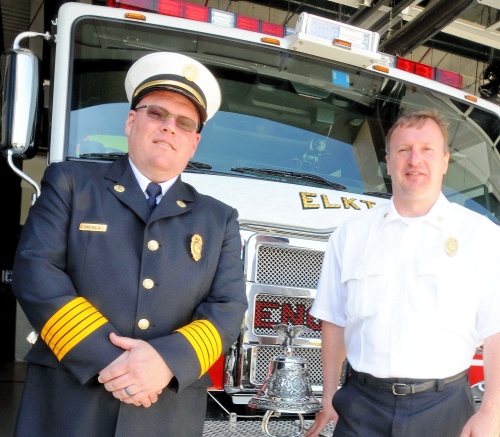
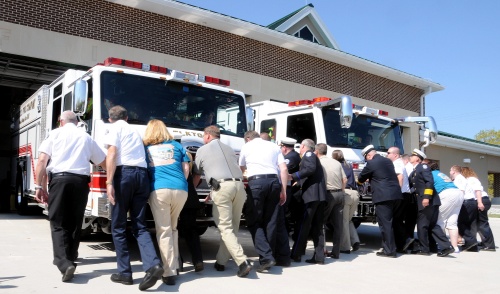

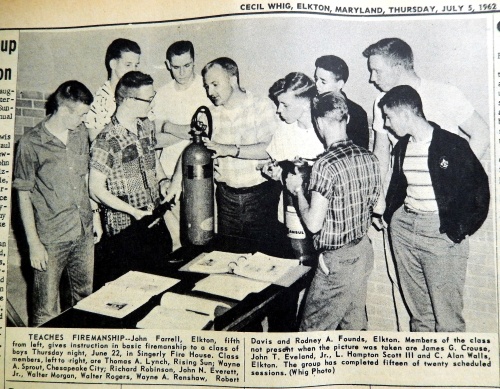

 Since its founding as Maryland’s tenth county in 1674, many men have served as the jurisdiction’s chief law enforcement officer. Robert M. Walmsley, one of those public servants, was elected to a two year term as sheriff in 1853. At that time the officer could serve only one term, according to state law. He was born in Sassafras Neck in 1804 and at the time of his death in 1879 was in the 75th year of his life. Early in his life he moved to Bell Hill, just outside Elkton, where he took up the milling trade.
Since its founding as Maryland’s tenth county in 1674, many men have served as the jurisdiction’s chief law enforcement officer. Robert M. Walmsley, one of those public servants, was elected to a two year term as sheriff in 1853. At that time the officer could serve only one term, according to state law. He was born in Sassafras Neck in 1804 and at the time of his death in 1879 was in the 75th year of his life. Early in his life he moved to Bell Hill, just outside Elkton, where he took up the milling trade.
